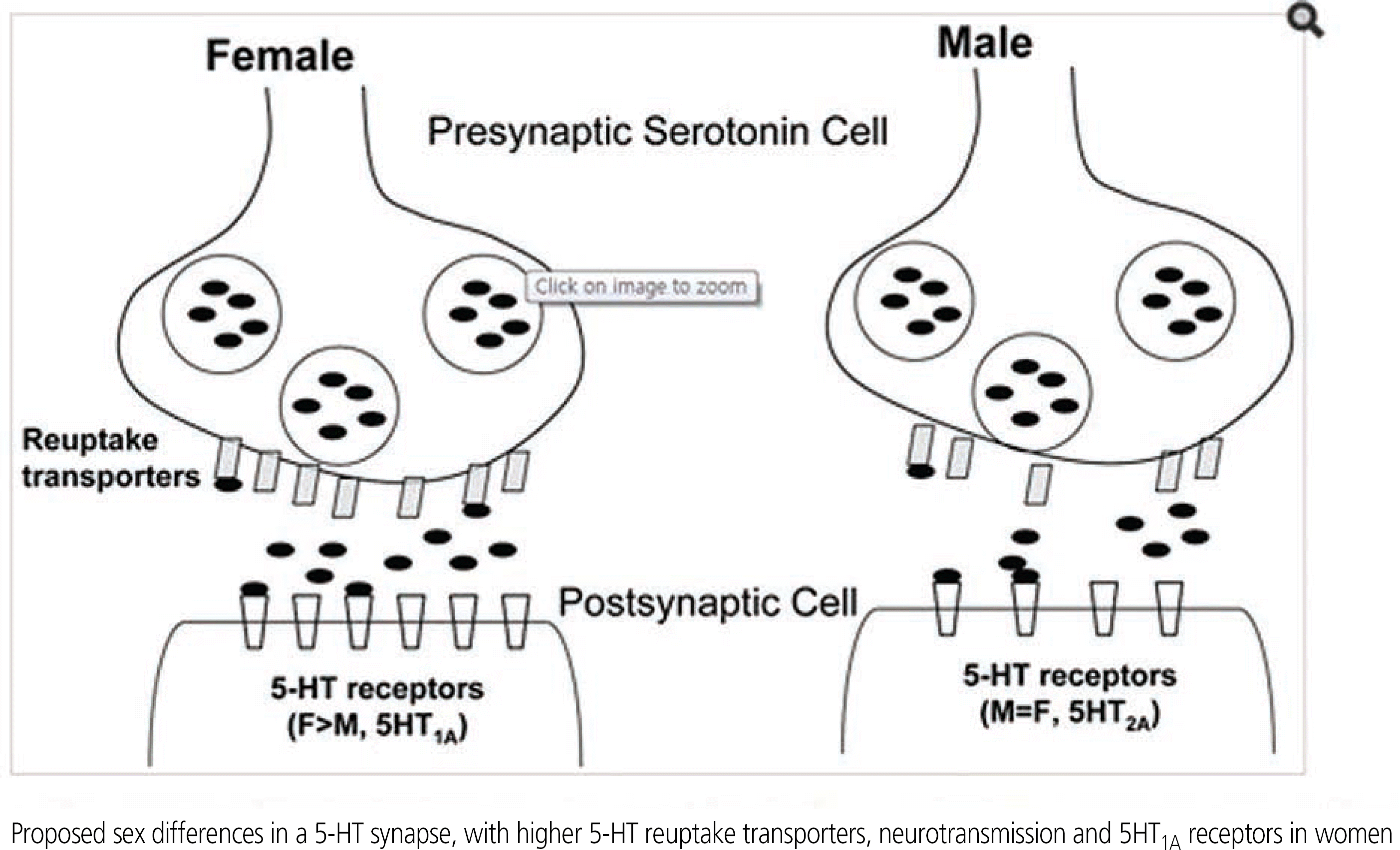Abstract
Forty patients (20 male and 20 female) diagnosed with bipolar disorder voluntarily participated in this study. For each patient, questionnaire and computerized objective data, obtained from involved doctors, nurses, psychologists, prosecutors, and the hospital information system, were collected after receiving the patients'written consent. When a patient’ s answers diverged greatly from computerized data (i.e., onset age, history of criminal prosecution and re-hospitalization), computerized data were given priority. Immediately after the authors collected the questionnaires, any personal identifying information was replaced by random numbers to prevent bias and protect privacy. Statistical analysis was performed using SPSS version 20.0 for MS Windows. Comparative items on questionnaires were evaluated by paired t test and chi square test. Male patients were found to have a higher recidivism rate than female patients (P<0.05). Female patients reported more trauma history (P<0.05), bipolar type II diagnoses (P<0.05), and suicide attempts (P<0.01) than male patients. There was no statistically significant difference between male and female patients for Intelligence Quotient (IQ) or for 13 of the Minnesota Multiphasic Personality Inventory (MMPI) subscales.
Go to : 
REFERENCES
1. Kim JH, Jo MJ. Female and bipolar disorder: bipolar disorder. Seoul: Sigma Press;2009. p. 255–71.
2. Andreoli SB, Dos Santos MM, Quintana MI, et al. Prevalence of mental disorders among prisoners in the state of Sao Paulo, Brazil. PLoS One. 2014; 9:e88836.

3. Stanczakowa T. The course of affective disorders in different periods of life. Psychiatr Pol. 1993; 27:655–66.
4. Crump C, Sundquist K, Winkleby MA, et al. Comorbidities and mortality in bipolar disorder: a Swedish national cohort study. JAMA Psychiatry. 2013; 70:931–9.
5. Cosgrove KP, Mazure CM, Staley JK. Evolving knowledge of sex differences in brain structure, function, and chemistry. Biol Psychiatry. 2007; 62:847–55.

6. Lombardo LE, Bearden CE, Barrett J, et al. Trait impulsivity as an endophenotype for bipolar I disorder. Bipolar Disord. 2012; 14:565–70.

7. Hidalgo-Mazzei D, Walsh E, Rosenstein L, et al. Comorbid bipolar disorder and borderline personality disorder and substance use disorder. J Nerv Ment Dis. 2015; 203:54–7.

8. Christopher PP, McCabe PJ, Fisher WH. Prevalence of involvement in the criminal justice system during severe mania and associated symptomatology. Psychiatr Serv. 2012; 63:33–9.

9. Friedman SH, Shelton MD, Elhaj O, et al. Gender differences in criminality: bipolar disorder with co-occurring substance abuse. J Am Acad Psychiatry Law. 2005; 33:188–95.
10. Fovet T, Geoffroy PA, Vaiva G, et al. Individuals with bipolar disorder and their relationship with the criminal justice system: a critical review. Psychiatr Serv. 2015; 66:348–53.

11. Lee GS, Lee H, Lee MK, et al. A forensic psychiatric study for substance-related offenders. Korean J Leg Med. 2001; 25:6–11.
12. Freeman TW, Clothier JL, Pazzaglia P, et al. A double-blind comparison of valproate and lithium in the treatment of acute mania. Am J Psychiatry. 1992; 149:108–11.
13. Swann AC, Bowden CL, Morris D, et al. Depression during mania. Treatment response to lithium or divalproex. Arch Gen Psychiatry. 1997; 54:37–42.
14. Park WM, Kim CH. Clinical neuropsychopharmacology. Seoul: Sigma Press;2014. p. 336–54.
15. Biederman J, Kwon A, Wozniak J, et al. Absence of gender difference in pediatric bipolar disorder: findings from a large sample of referred youth. J Affect Disord. 2004; 83:207–14.
16. Leverich GS, McElroy SL, Suppes T, et al. Early physical and sexual abuse associated with an adverse course of bipolar illness. Biol Psychiatry. 2002; 51:288–97.

18. Park WM, Jeon DI. Textbook of bipolar disorders. 2nd ed.Seoul: Sigma Press;2014. 348.
Go to : 
 | Fig. 1.Proposed sex differences in a 5-hydroxytryptamine (5-HT) synapse. Panel shows the difference of 5-HT receptors between males and females. The density of both reuptake transporters on the cleft of the presynaptic serotonin cell and 5-HT receptors on the cleft of the postsynaptic cell is higher in females (F, female; M, male). Adopted from Cosgrove KP, et al. Biol Psychiatry 2007;62:847-55, with permission of Elsevier [5]. |
Table 1.
Demographic characteristics of bipolar patients upon gender
Table 2.
Characteristics of bipolar patients upon gender
| Male | Female | Total | χ 2 | P-value | ||
|---|---|---|---|---|---|---|
| Trauma | Yes | 04 (20.0) | 12 (60.0) | 16 (40.0) | 6.667 | 0.010a) |
| No | 16 (80.0) | 08 (40.0) | 24 (60.0) | |||
| Bipolar disorder | Type Ⅰ | 16 (80.0) | 09 (45.0) | 25 (62.5) | 5.227 | 0.048a) |
| Type Ⅱ | 04 (20.0) | 11 (55.0) | 15 (37.5) | |||
| Rapid cycling | Yes | 05 (25.0) | 11 (55.0) | 16 (40.0) | 3.750 | 0.053 |
| No | 15 (75.0) | 09 (45.0) | 24 (60.0) | |||
| Mixed type | Yes | 06 (30.0) | 07 (35.0) | 13 (32.5) | 0.114 | 0.736 |
| No | 14 (70.0) | 13 (65.0) | 27 (67.5) | |||
| Suicidal attempt | Yes | 04 (20.0) | 13 (65.0) | 17 (42.5) | 8.286 | 0.004b) |
| No | 16 (80.0) | 07 (35.0) | 23 (57.5) | |||
| Comorbid disease | Yes | 14 (70.0) | 13 (65.0) | 27 (67.5) | 0.114 | 0.736 |
| No | 06 (30.0) | 07 (35.0) | 13 (32.5) |
Table 3.
MMPI profile and IQ of bipolar patients upon gender




 PDF
PDF ePub
ePub Citation
Citation Print
Print


 XML Download
XML Download